Creating Abstract Art with AI
How one artist learned to "break" Adobe Firefly.

This article appears in Issue 36 of CreativePro Magazine.
Izzy Poirier is not really “breaking” Firefly, though the Ottawa-based brand designer, co-founder of the Ottawa Design Club, and Adobe Live host uses this phrase, with tongue firmly in cheek, as she describes her work.
Poirier is discussing the new way that she’s been experimenting with generative AI as she creates one of the unique, eye-catching zines she’s known for. She has always been interested in pushing the boundaries of traditional print with her work. (Check out the InDesigner column about her multisensorial zines in Issue 27.)
So it’s no surprise that she was an early adopter of GenAI and eager to explore how it could help her expand her work.
First Forays into AI Experimentation
Poirier started incorporating AI into her work in 2023. She experimented with Midjourney for her Renaissance-themed zine project, coaxing the program (which struggled with rendering expressions of human emotions at the time) into producing Renaissance-style paintings of young women crying with laughter or rolling their eyes (Figure 1).
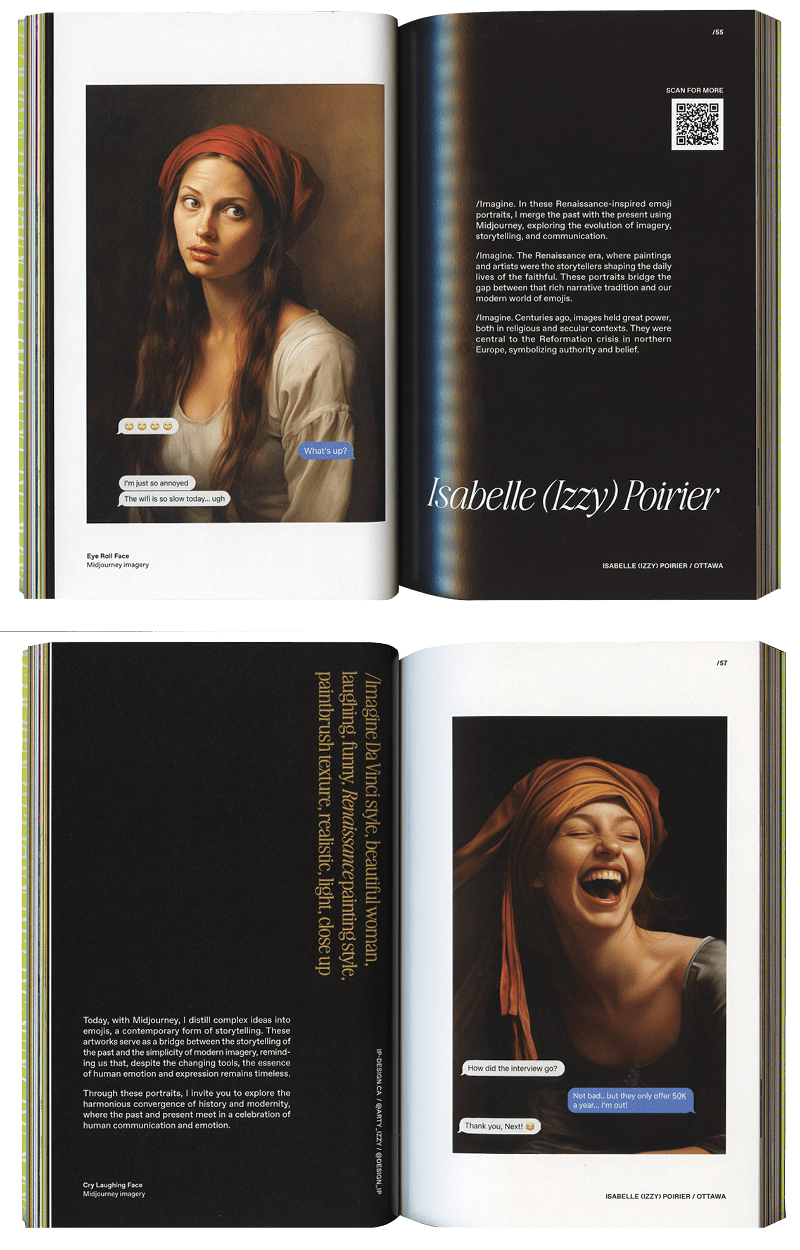
Figure 1. Poirier’s submission for the Ottawa Design Club’s Fall 2023 zine Renaissance merged history and modernity using Midjourney.
“I wanted to use the Renaissance painting style to communicate emojis,” Poirier explains. She displayed the portraits with iPhone-style text bubbles, as though the paintings might stand in for emojis as a means of communicating tone and emotions.
Next, Poirier started to wonder how she could use GenAI as a tool in her brand design consulting business.
“Yes, I was very curious about [AI],” she confesses. “I wanted
to hop on this fast-moving train—I didn’t want to be left behind. And despite what I was reading about all the friction between designers and artists, I felt like there were ways that we can use this in our work to elevate what we are already doing and still make it our own work.”
That last bit—maintaining originality and her own creative vision—has been an essential part of Poirier’s AI exploration. She always wants to use GenAI as a tool, as she would use any other piece of design software.
With this idea in mind, she brought it into a logo design project she was working on for a family-owned bakery. She walked me through her design process, which bounced from vector to AI to pencil to vector and back again: “I started with a sketch I did in Illustrator, added it to Midjourney, printed out the result, did some sketches on top so that it would not look like the results that I got, scanned that, brought it back into Illustrator, and built a full mascot for the client,” she says (Figure 2).
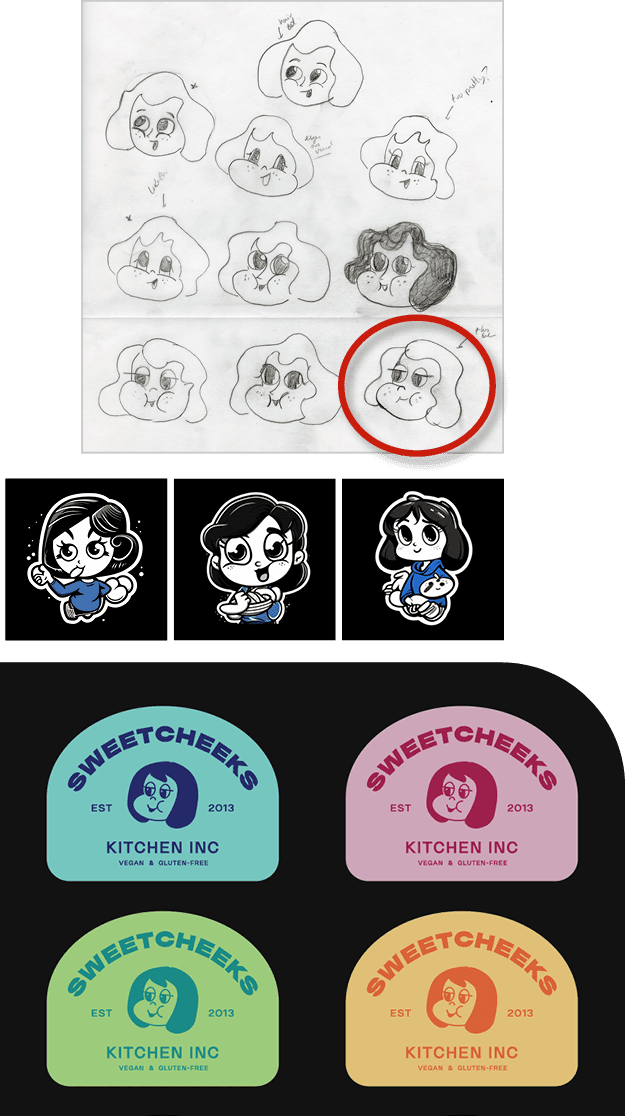
Figure 2. Poirier used Illustrator, pencil and paper, and AI as tools to help her create the SweetCheeks logo.
Poirier explains that Firefly was acting as a kind of research tool, similar to flipping through an art book for inspiration, scrolling through Pinterest, or browsing Adobe Stock Photos. In this case, though, the AI was suggesting variations based on her own sketches.
“It was almost like sketching,” says Poirier, who had a lot of ideas for this mascot and, mood board in hand, knew the visual direction.
“So just by sketching something quickly and uploading it, it was easy to say, ‘Okay, give it a 1920s vibe, or big cheeks, or more smiley,’” she says. “That was the ‘research’ part—of seeing what it would give me.”
Composition Decomposed
In January 2024, Poirier was asked to return as a host for Adobe Live, the company’s daily live video series broadcast on YouTube and Behance, for a session featuring the new version of Firefly, Adobe’s generative AI software.
Poirier was inspired to create something personal—something exciting—rather than put the software through its paces with a fake demonstration project.
“I wanted to have a project that amalgamated every part of me,” she says. “A lot of people know me as either ‘the zine person’ or ‘the Ottawa Design Club founder’ or ‘the designer’ or ‘the Adobe Live [host],’ but I’m all of that.”
So, she created a zine, Composition Decomposed.(ZIP download)
“I wanted it to be multi-layered, where we’re composing something, decomposing it, breaking it, and then composing with it again,” she says. “I started the project with something I had already made, something already ‘composed,’ if you will.”
Poirier had recently hosted a workshop that led designers through a multisensorial process, creating collages out of old magazines, tiny perfume bottles, QR codes that would link to music, and more. (“We had all of the senses, except taste—unless you wanted to lick the glue sticks,” Poirier says, laughing.)
The idea was to encourage the designers to think differently and experiment with new tools and materials.
So, when Poirier was thinking about where to start with an AI project, she turned to this work, which had been pieced together out of many components, and she decided to “decompose” it—to take it back apart (Figure 3).
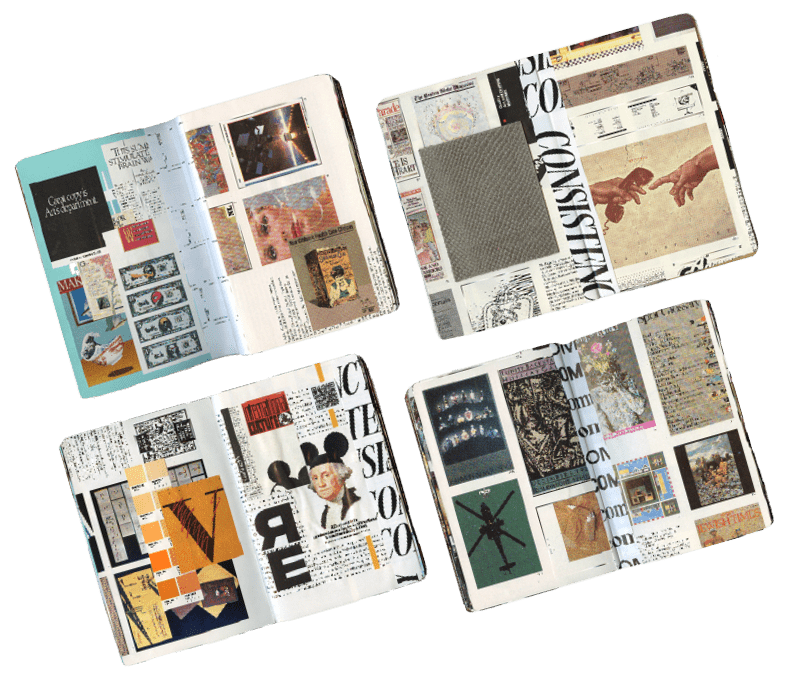
Figure 3. Poirier’s multimedia workshop collage became the inspiration (and reference images) for her AI zine project.
One of Firefly’s new features was the ability to reference images. “I thought, Why not reference this and see what happens?” She wanted to explore what Firefly would make of her compositions.
Poirier started by researching the components of art and design, including rhythm, balance, and symmetry, and composing definitions for each of them. One by one, she gave these definitions to Firefly to see what it would do, along with the scanned photos of her multimedia collages as reference images.
Rather than use the GenAI feature conventionally—by giving it a clear, carefully worded prompt to try to get the software to render what she was imagining—Poirier would do the opposite.
By giving Firefly something abstract and ambiguous, like a sentence or a poem, she could see what unexpected thing it might do, whether it could create an image that looked like “something that does not exist,” she says.
“What does rhythm look like? What does emphasis look like?”
She wanted Firefly to answer these questions.
Making Firefly a Creative Tool
To direct Firefly toward the style of images she was looking for, Poirier would tweak the definitions she was submitting. She would add words like collage or abstract and remove aspects of the definitions that she thought were negatively affecting the results (Figure 4).
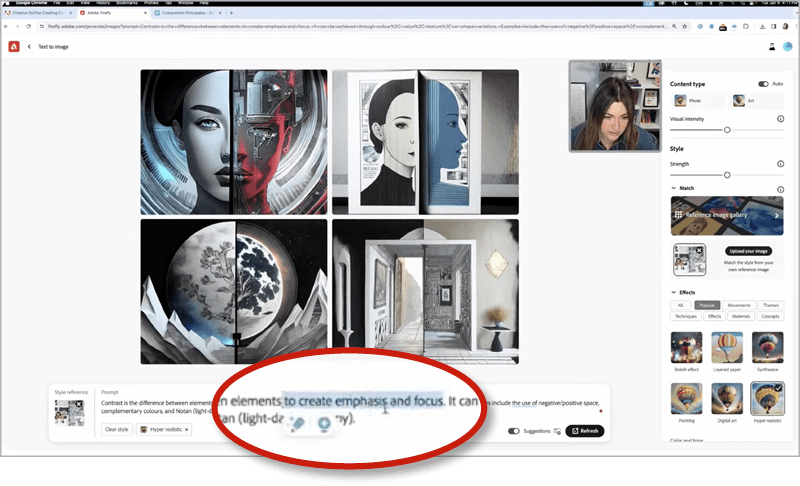
Figure 4. In this image, Poirier decided to remove the word focus, guessing that the word may have been causing the AI to generate pictures that centered eyes and faces.
When Poirier successfully generated images that appealed to her, she could save the image as a favorite and download it (Figure 5). She could use Generative Fill to further edit promising images, either directly in Firefly (Figure 6) or in Photoshop, where she could also manipulate it further with more traditional digital tools.
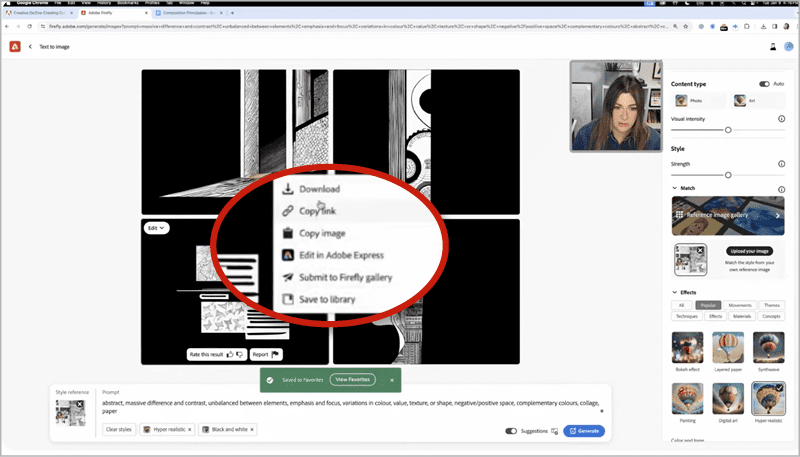
Figure 5. Poirier can flag good results from Firefly in the cloud and download the files as well.
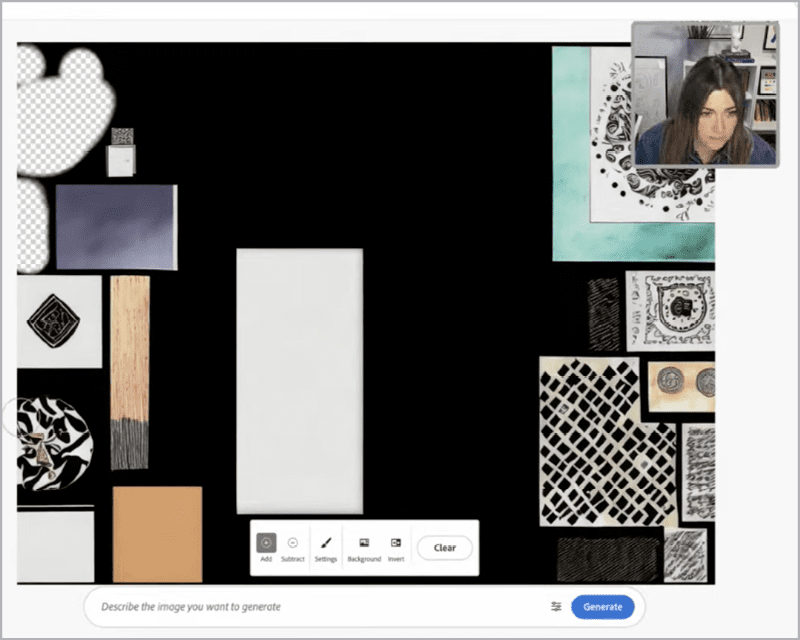
Figure 6. Poirier can refine the GenAI images using Generative Fill directly in Firefly.
The process wasn’t always easy—sometimes Poirier had to use prompt after prompt to get Firefly to move in the right direction. Sometimes she would love the look of a particular image but would find it unsuitable for other reasons (Figure 7).
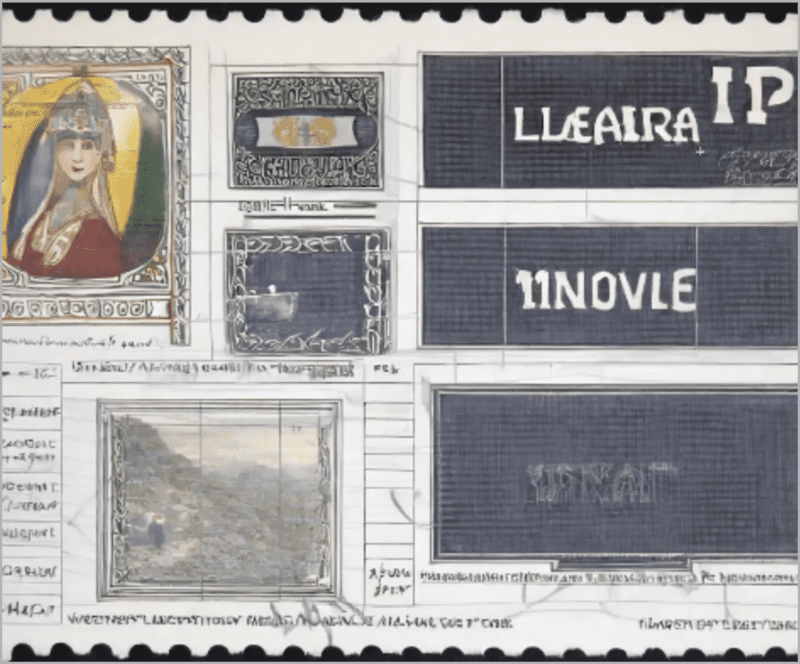
Figure 7. This image generated by Firefly offered exactly the collage-like effect that Poirier was going for, but she thought the nonsensical, letter-like shapes would be too confusing.
Poirier’s goal was to be able to look at the generated image and see—in an abstract way—the principle that she was trying to illustrate. She and her mom (a former high school art teacher) would look at images together and talk about what they saw.
Sometimes they would have different opinions—Poirier’s mom might have seen repetition where Poirier saw balance. But in the end, she had a complete set of images for all seven design elements.
In her Adobe Live presentation, Poirier placed each image into her zine, positioning it opposite the definition it was illustrating. She chose to keep the design of the zine light, airy, and clean—reminiscent of the way that a work of art is displayed on a gallery wall (Figure 8).
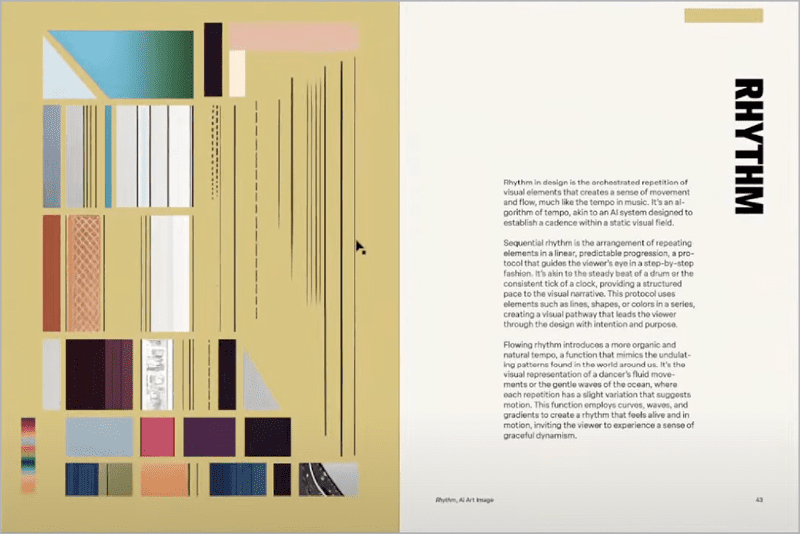
Figure 8. Poirier’s final design was airy and clean.
The Audience Reacts
Poirier finds that not everyone gets her AI explorations. Many of her local designer and artist friends lean anti-AI.
“And I understand where they’re coming from,” Poirier says. “I don’t necessarily defend it when I hear people talking about it; I stay pretty silent. And I’m not an expert in it! I can see how it’s helping, and I can see how it’s not helping.”
But she says that by keeping her mind open to it, by “breaking it” or “testing it” or just being creative with it, she’s “not exactly taking a position that it’s going to elevate my work.”
Rather, AI allows her to reference and play around with her own work in a new way.
For Poirier, using this polarizing tool is a way for her to explore her own mind, a way to be collaborative with herself, a way for her to iterate her own design process.
She thinks that this conversation—of what counts as art or design and what role AI should play in its creation—is one that we should be having right now.
“I think we need to build a bridge between the two sides so we can understand one another,” Poirier says. “It won’t be going away.”
Commenting is easier and faster when you're logged in!
Recommended for you

Remote Collaboration with InDesign
Collaborating on documents is crucial for creatives. InDesign and InCopy make it...
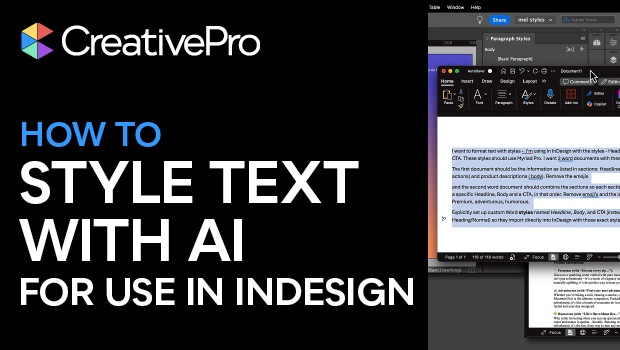
How to Style Text with AI for Use in InDesign
Have ChatGPT handle your Word document text formatting so you can focus on desig...
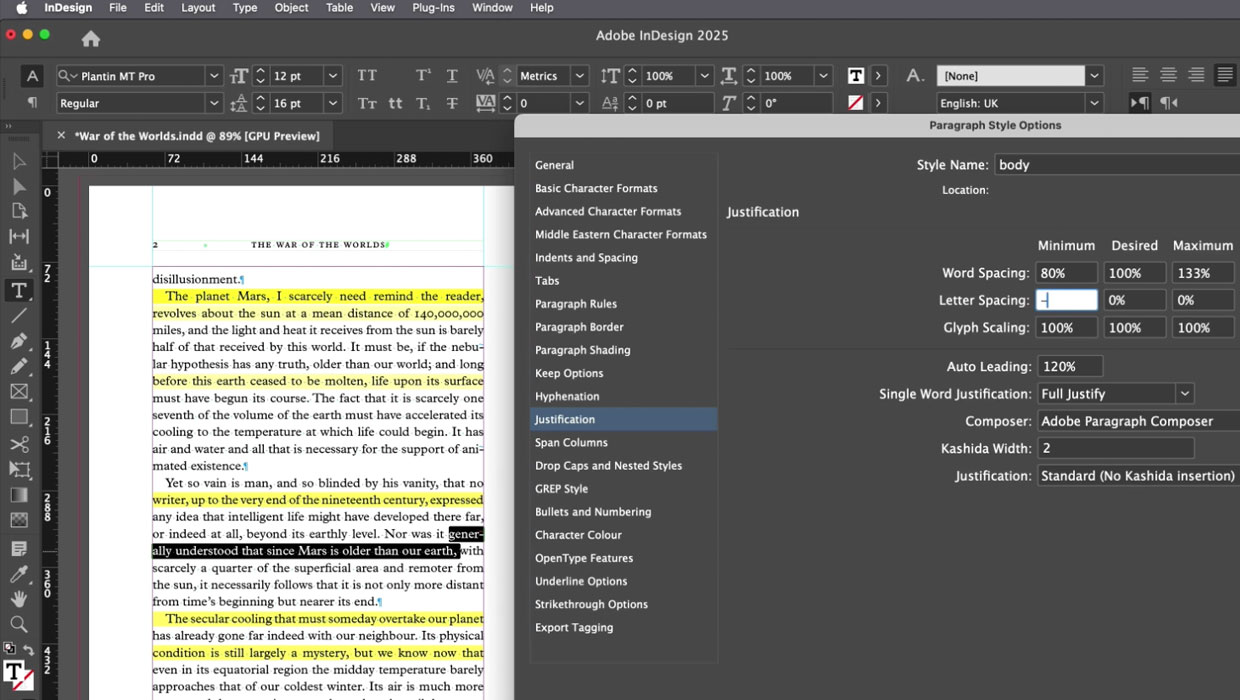
Members-Only Video: How to Set Great-Looking Body Text in InDesign
Learn all the essential tips and techniques for setting great-looking type in lo...




